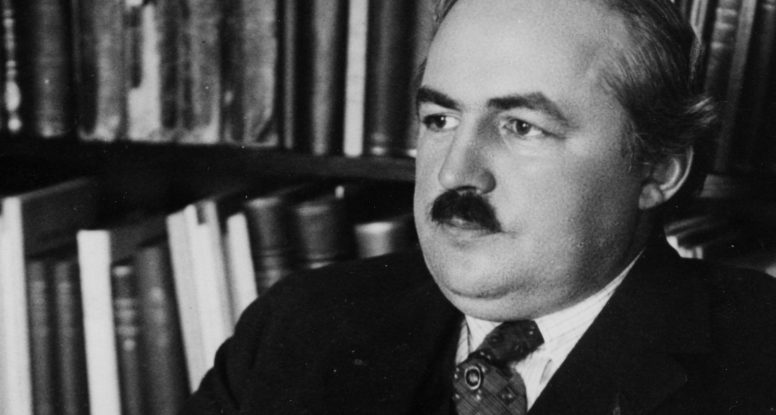
Axel W Persson
1888–1951.
Archaeologist.
Axel W. Persson was born in Kvidinge and was early interested in archaeology.
Persson's studies and interest in the Greek language led to his becoming an associate professor in Greek language and literature 1915, in Classical Antiquity and ancient history 1921. In Uppsala Persson became professor of Classical antiquities and ancient history in 1924.
Persson was the leader of successful excavations in Greece (Asine 1922–1930, Change and Midea 1926–1927, 1937 and 1939 and in Berbati 1936–1937) and Turkey (Milas 1938 and Labraynda 1948–1950).
Special attention was the unplundered dome tomb in Dendra With treasures from Mycensk time that was excavated 1926. The discovery was designated as the largest archaeological find after the tomb of Tutankhamun in Egypt. In the grave rested a king, a queen and a princess. In addition, precious grave gifts were found such as gold swords and bowls of precious metals. The findings from the dome tomb ended up at the National Museum of Athens. Persson's results were published in scientific monographs such as the Royal tombs at Dendra Near Midea (1931). That work is considered a classic.
Together with his wife, during World War II he made an important humanitarian effort for Greece in the service of the Red Cross.
After the end of World War II, Persson made new excavations. In Labraynda, the goal was to find the origins of the Minoan culture. However, a temple site was found for classical and Roman times. Shortly afterwards, Persson died of a stroke.
From 1924 to 1951 Axel W. Persson was professor of classical archaeology and made his findings, his writing and his lectures the classical archaeology known and appreciated in Sweden. Persson was awarded the Övralidpriset.
Persson was regarded at his death as one of the world's leading archaeologists. He is also the father of Viktor Persson, better known as the book-Viktor.
Burial site: 0310-0273
Image description: Axel W. Persson, probably 1924. Photo: Museum Gustavianum. [The image is cropped]
Click here for an uncropped image
